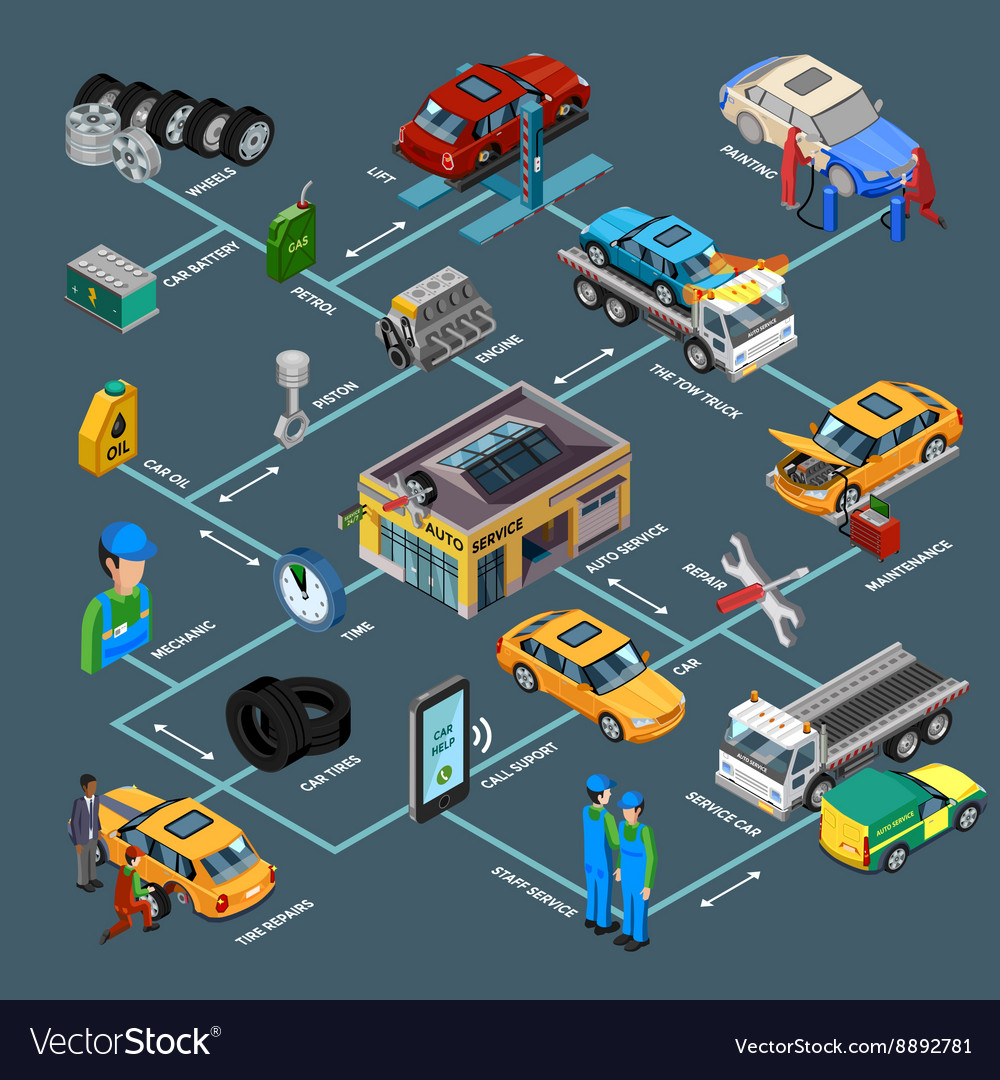An Essential Overview To Understanding The Caution Lighting On Your Vehicle
An Essential Overview To Understanding The Caution Lighting On Your Vehicle
Blog Article
Produced By-Shah Mahmoud
When you're behind the wheel, those little warning lights on your car's dashboard can be quite bewildering. What do they suggest, and should you be worried? Comprehending https://waylonsnhcw.anchor-blog.com/10550503/optimizing-the-lifespan-of-your-vehicle-with-the-right-automobile-repair-shop is essential for your vehicle's health, but it does not have to be a difficult task. By translating the secret behind each light, you'll be geared up to deal with prospective problems successfully and maintain your auto running efficiently. So, next time a warning light flashes, don't panic - arm yourself with understanding and take control of the situation.
Importance of Car Caution Lights
Comprehending the importance of your car's warning lights is vital for maintaining your automobile's health and wellness. These lights serve as your vehicle's interaction system, alerting you to potential concerns that could jeopardize your security when driving or lead to pricey repair work if overlooked. By focusing on these cautions, you can attend to issues early and protect against more damages to your lorry.
Disregarding cautioning lights can lead to severe repercussions, such as engine failure, brake malfunctions, or even crashes. These lights are created to notify you of issues varying from low tire pressure to engine malfunctions, providing you the possibility to act before the circumstance aggravates. Regularly examining and recognizing these warnings can save you time, cash, and guarantee your safety and security while driving.
In https://oil-change-prices05049.blogscribble.com/30327586/unsure-regarding-which-automobile-service-center-to-choose-check-out-professional-suggestions-for-recognizing-reliable-options-near-you-that-will-certainly-use-peace-of-mind to keeping you safe, reacting promptly to warning lights can additionally assist lengthen the lifespan of your cars and truck. By addressing https://www.kiplinger.com/slideshow/cars/t009-s001-winter-car-care-and-maintenance-tips-2019/index.html at an early stage, you can protect against little problems from rising right into significant repairs, inevitably saving you time and money in the long run. Keep in mind, your vehicle's warning lights are there for a factor - don't overlook them!
Common Warning Lighting and Meanings
When it involves driving your car, recognizing common caution lights and their meanings is necessary for your safety and vehicle upkeep. Right here are a few typical warning lights you might run into:
1. ** Inspect Engine Light **: This light shows a problem with your engine. It could be something minor like a loosened gas cap or something more severe like engine misfiring.
2. ** Battery Light **: This light signals a trouble with your automobile's charging system. It can indicate a defective battery, generator, or other related components.
3. ** Oil Stress Light **: When this light comes on, it indicates your engine may be running low on oil or experiencing low oil stress, which can result in engine damage if not addressed without delay.
4. ** Brake System Light **: This light suggests a problem with your braking system. It can mean low brake liquid levels or an issue with the brake system that requires prompt interest.
Understanding these typical caution lights will assist you determine possible problems beforehand and protect against more significant issues later on.
How to React To Warning Lighting
In case a warning light illuminates on your vehicle's control panel, it's essential to respond immediately and properly. When a caution light comes on, the first step is to consult your proprietor's guidebook to understand the specific concern shown by the light.
Some lights need instant interest, while others might indicate a much less immediate issue. If the warning light is red or flashing, it's typically an indicator of a significant issue that needs prompt action. In such instances, it's recommended to pull over safely, shut off the engine, and look for expert help.
For yellow or orange warning lights, while they might not require prompt interest, it's still vital to deal with the hidden problem quickly to prevent further damage. Regular maintenance and assessment can assist avoid warning lights from coming on suddenly.
Conclusion
In conclusion, comprehending your vehicle's warning lights is critical for preserving your automobile's health and safety. By consistently checking and reacting to these warnings, you can resolve prospective concerns early and prevent costly repair services or safety threats. Keep in mind to consult your owner's manual for info on different caution lights and always take immediate activity for red or blinking lights. Remain aggressive and keep your car running smoothly!
